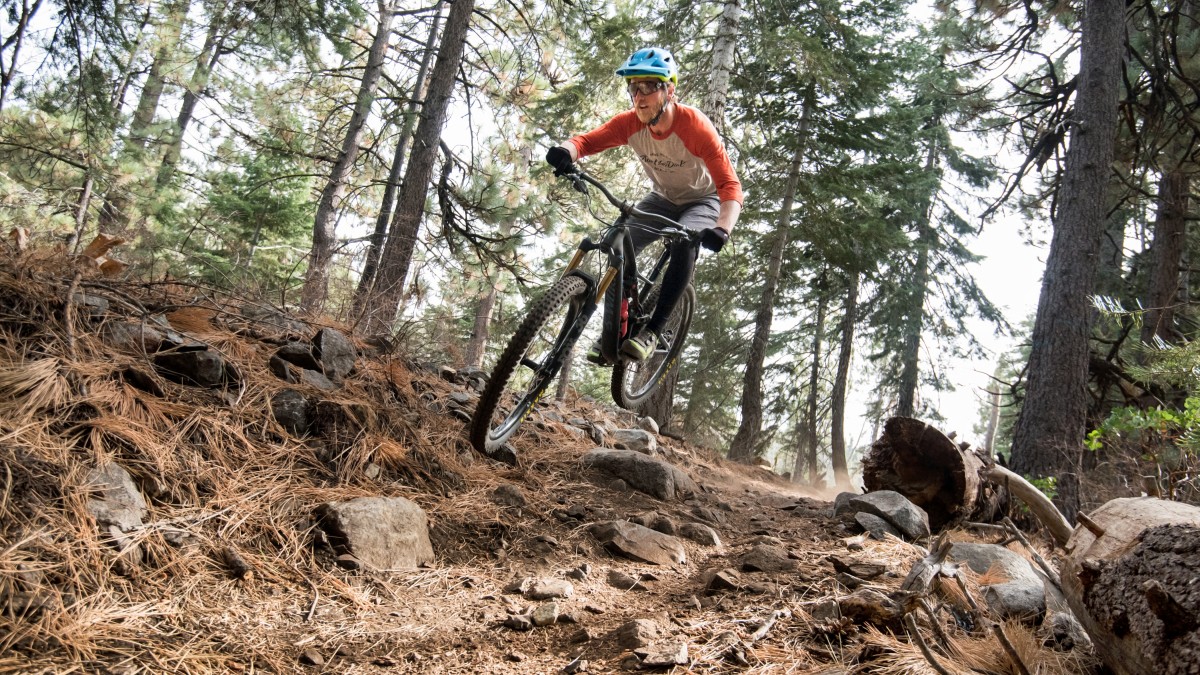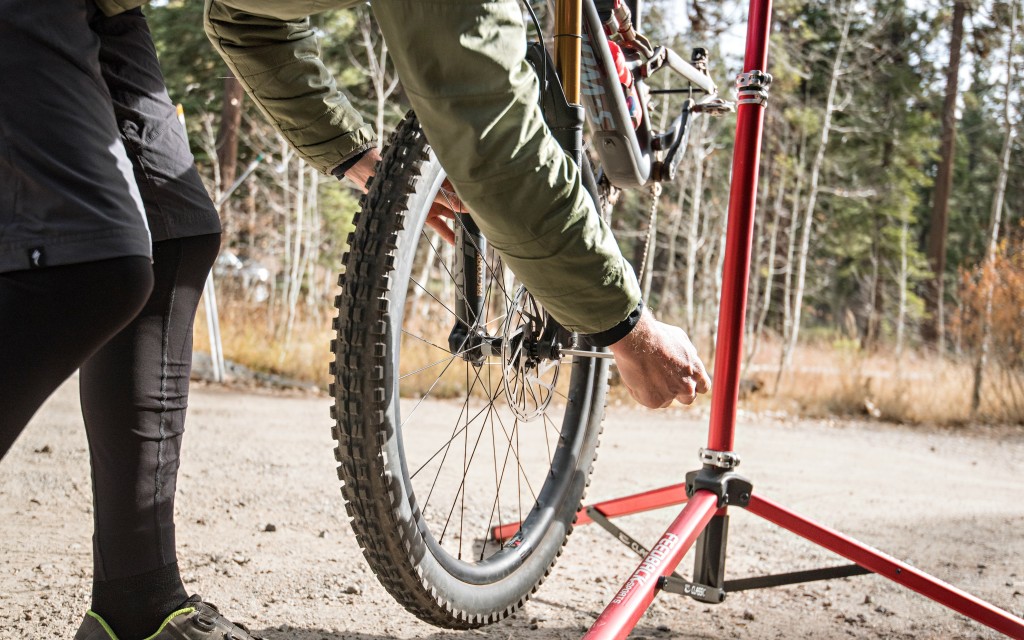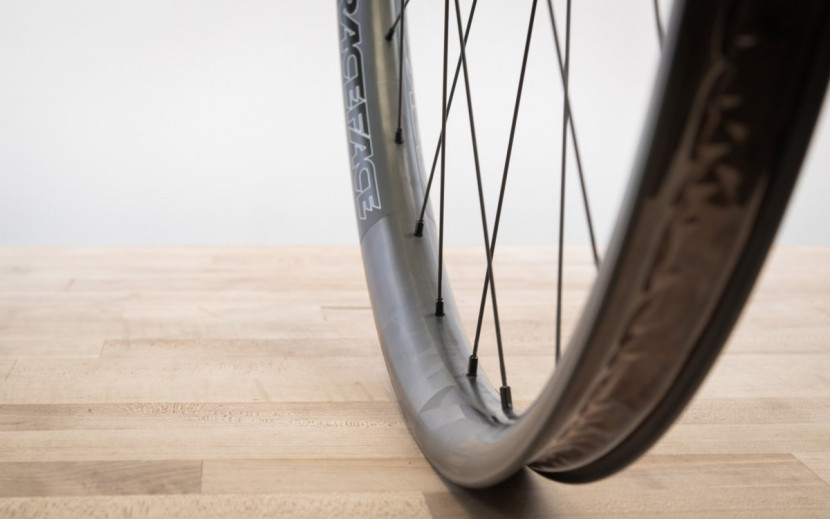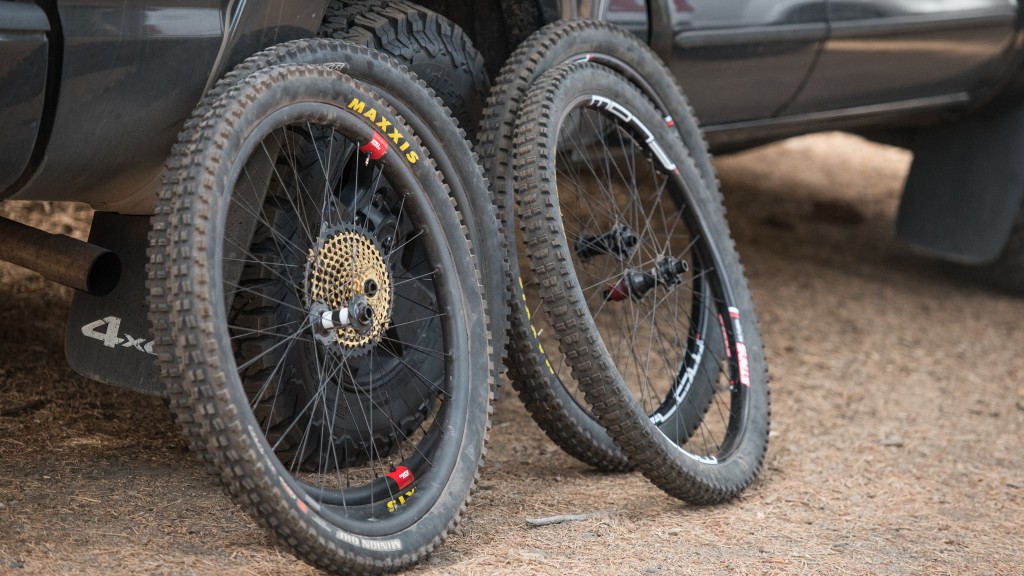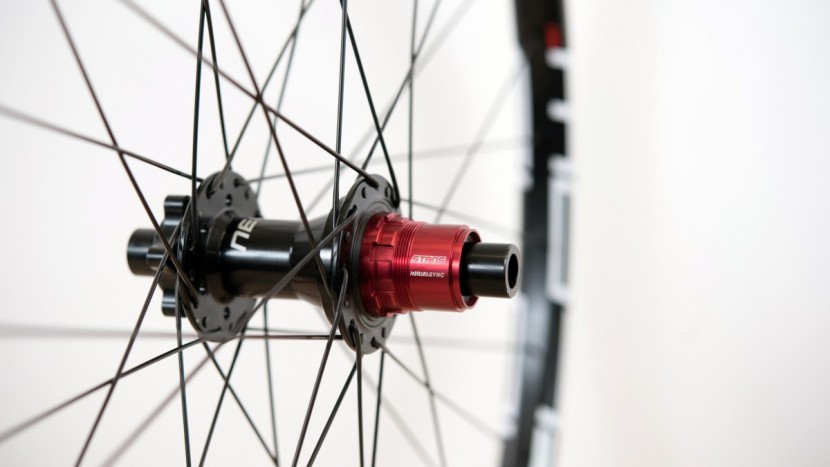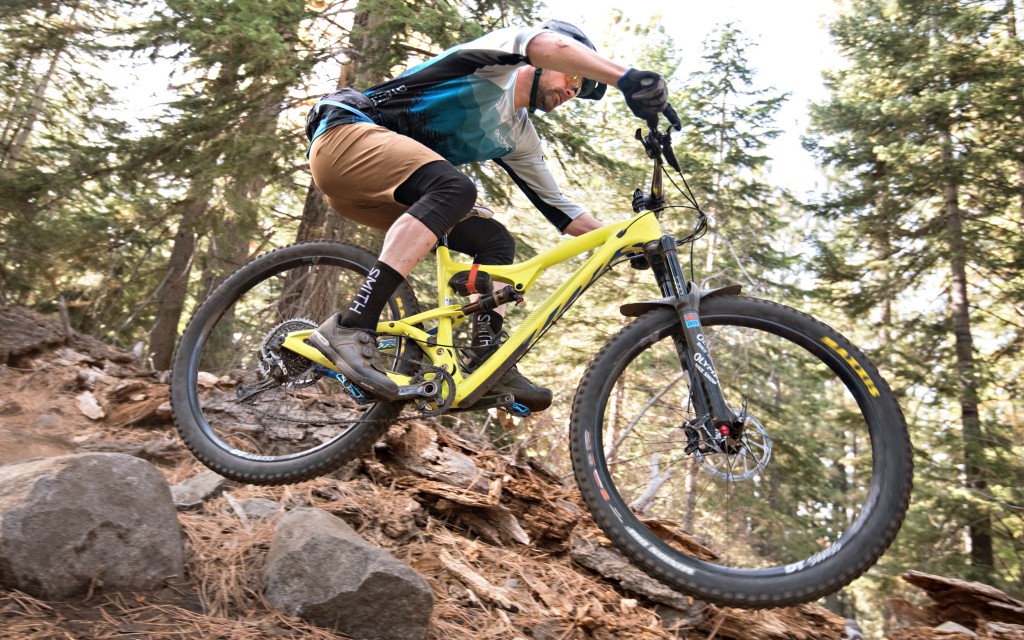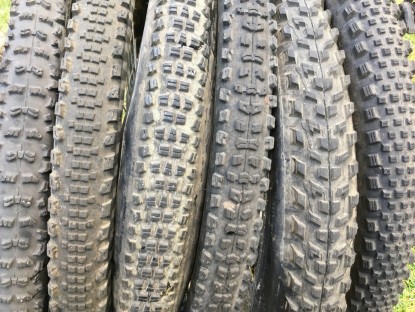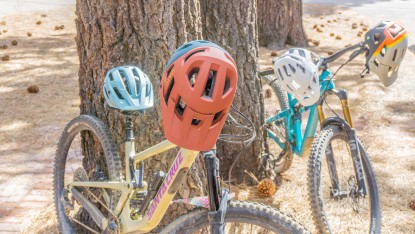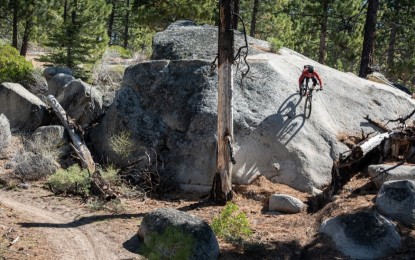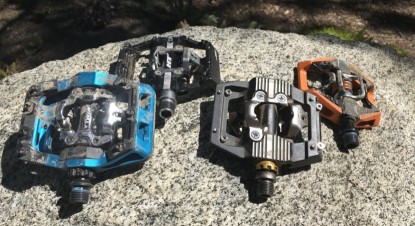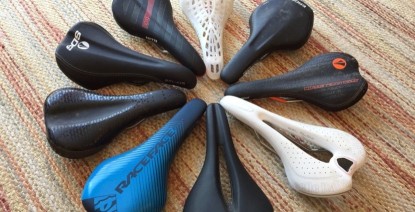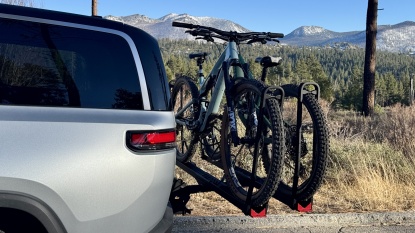Mountain Bike Wheels: Product Considerations
A quality set of wheels is one of the best upgrades you can make to any mountain bike. Finding the right wheelset, however, can be a challenge. It can be daunting with so many options from different manufacturers, made from different materials, in different shapes and sizes, and a huge range of price points. The purpose of this buying advice article is to help you with the basics as you prepare to make this important and potentially expensive decision.
Wheel Size
This is probably the easiest part of the process, but it is important to know what size wheels fit on your bike. Seems pretty obvious, right? If you are bike savvy and are familiar with your bike then you probably know what size, or diameter, your wheels are. The most common sizes are 27.5" and 29", with a few 26" wheel holdouts still hanging on to the glory days. If you don't already know what size wheels are on your bike, you can check your bike's specs on the manufacturer's website, or check the sidewall of your tire where the size should be printed. An example of this would be 29" x 2.5". In this case, the 29" is the wheel diameter and the 2.5" is the tire width.
Spacing
A less obvious but equally important thing to know when purchasing a set of wheels is the axle spacing on your bike. As mountain bike technology continues to progress we've seen a number of different axle “standards” in recent years. Currently, the most common axle standard is known as “Boost” which has a 15 x 110 front thru-axle and a 12 x 148 rear thru axle. The reason for this is that as mountain bike wheels have grown in diameter, bike and wheel manufacturers have increased the axle width on forks and frames to accommodate wider hubs which are intended to help make better and more durable wheels. We won't bore you with the math or the physics… If you don't already know, you can check the spacing on your bike by looking at the front and rear axles where the dimensions may be printed. If it isn't printed on the axles, you can also check the specs for your bike on the manufacturer's website.
The other most common spacing is what is now known as “non-Boost”. This axle spacing is more commonly found on bikes that are a few years old and feature slightly narrower axle widths. Bikes with non-Boost spacing generally have 15 x 100 front thru-axles and 12 x 142 rear thru-axles. Some manufacturers have latched onto “Super-Boost” spacing. This only involves the rear axle which has dimensions of 12 x 157mm.
Many wheels can be purchased with hubs in Boost, Super Boost, and non-Boost spacing, though some are produced in the Boost size only. In many cases, manufacturers may make end caps that allow the user to switch between Boost and non-Boost spacing.
Rim Width
Mountain bike rims have slowly but steadily grown in width over the past several years in part as a response to the proliferation of wider tires. Rims are currently available in a huge range of widths to meet the varying needs and wants of the mountain bikers who use them. For everyday trail, all-mountain, and enduro style riding, a rim with an internal dimension of 30mm seems to be the current sweet spot. This rim width pairs well with today's wider tires, typically in the 2.3" to 2.6" range and helps to create more air volume which allows the user to run lower tire pressures to enhance traction and provide a smoother ride. When paired with wider tires, a wide rim also gives the tire tread a better profile and helps to support the tire sidewall.
All of the wheels we tested have a rim width in the 29-31mm range with most of them at exactly 30mm. Some models are also offered in other widths to meet varying rider preferences.
Riding Style
What kind of riding do you do? You can do just about any style of riding on any wheelset, but some may be better suited to the type of riding you do. Are you into all day backcountry vision quests with massive vertical gain? Then maybe a lighter set of wheels will be good for you. Are you a descent focused enduro racer who only rides uphill to try and break rocks on the way down? Then maybe a slightly heavier and more durable wheelset is more appropriate for you. Are you an XC racer who counts every gram and rides on 2.25" tires? Perhaps you should look into lightweight and narrower options to bring down the weight and better pair with your tire selection.
Carbon vs. Aluminum
Ever since carbon fiber wheels hit the market there has been a carbon vs. aluminum debate. In the simplest of terms, the major differences are that carbon is lighter, stiffer, and more expensive than aluminum. In the early days of carbon wheels, they were very expensive, overly stiff, prone to catastrophic failure, and had crappy warranty policies. Many people were turned off by them due to their price and fragility, and rightly so. In recent years, however, rim designs have changed, production has been streamlined, and prices have come down significantly while ride quality and durability have improved dramatically. Carbon wheels are by no means inexpensive, but they are far more affordable than they used to be, with more balanced handling and performance characteristics, plus they are now more durable than alloy models. That's right, we said it. Just in case you don't believe us, many manufacturers are now backing their carbon wheels with impressive warranty policies, lifetime in some cases.
Aluminum, or alloy, is generally heavier, more forgiving, and much less expensive than carbon fiber. Alloy wheels can be high-performance, but they usually can't match the stiffness, precision, or lightweight of their carbon counterparts. Alloy wheels absolutely get the job done, and quite well in many cases, and they do so at half the price, or less, than you might pay for a premium carbon model. In our experience, alloy is less durable than carbon, it is more prone to denting and getting knocked out of true, and it usually isn't backed by the same kind of warranty as the modern carbon options. That said, a quality alloy wheelset, like the models in our review, can be a serious performance upgrade over the stock wheelset that came on many bikes.
Freehub Body
These days most drivetrains are made by either Shimano or SRAM. These two component manufacturers dominate the market and you need a specific freehub body depending on which brand made your cassette. It would be much simpler if there was a freehub body standard, but unfortunately, that is not the case. If you have a SRAM cassette you will need to be sure that you get a wheelset with a SRAM XD freehub body. If you have a Shimano cassette then you need to get a Shimano MicroSpline of Shimano HG compatible freehub body, depending on the cassette. Most wheelsets are available with either freehub body style and you can select the option you need when you purchase.
Freehub Engagement
The freehub body is the part of your rear hub where the cassette attaches to the rear wheel. Inside it is a mechanism that allows the wheel to spin freely when coasting and to bite, or engage, when you push on the pedals. Freehubs all serve the same purpose, but they are not created equal. Since they have different designs they also have different levels of performance that are dictated by the degrees between engagement points. Higher performance freehub systems have less lag or dead space between engagement points, while lower performance freehubs have more. For example, a 3-degree freehub engagement is about as good as it gets, it makes everything about your bike feel higher performance, it reduces chain slap, and makes your pedal input almost instantaneous. 10-degree engagement is relatively standard and strikes a good middle ground between the super quick and painfully slow options available.
Tubeless
Tubeless tire technology is one of the most important innovations in mountain biking, period. If you don't run tubeless tires already we highly recommend it as one of the easiest and least expensive performance upgrades you can possibly make. If you are looking into upgrading your wheelset and you don't already run tubeless, then get ready to step into the arena. Every wheelset that we tested comes with tubeless rim tape and tubeless valve stems included, all you need to do is add some tubeless ready tires and some tire sealant and you will never look back. You can thank us later.
Conclusion
Wheels are an often overlooked but incredibly important component of every mountain bike. A quality wheelset can absolutely change the performance of your ride for the better, but there is a lot to consider when purchasing a new set of hoops. We hope that the information presented here helps you make a more informed decision for this important and potentially very expensive performance upgrade.

